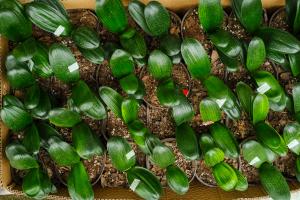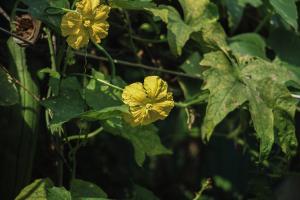How to Take Care of a Bamboo Plant Indoors
Introduction
Bamboo plants are easy to care for and they can add a touch of elegance to any indoor setting. With the right care, bamboo plants can thrive and grow for years in your home. Here are some tips on how to take care of your bamboo plant indoors.
Choosing the Right Pot and Soil
Bamboo plants should be planted in a pot that is at least 2 inches wider than the root ball. The pot should have drainage holes to prevent water from accumulating in the soil. Use a soil mix that is well-draining and has good water retention properties. A good soil mix for bamboo plants should contain peat moss, perlite, and vermiculite or sand.
Lighting
Bamboo plants require bright, indirect sunlight to thrive. Place your bamboo plant near a bright window but not in direct sunlight, which can burn the leaves. If the plant is not receiving enough sunlight, the leaves will curl and turn yellow. If the plant is receiving too much sunlight, the leaves will turn brown or yellow and drop.
Watering
Water your bamboo plant when the top 1 to 2 inches of the soil feels dry. Use room temperature water and pour slowly until it begins to drain out of the drainage holes. Do not let your bamboo plant sit in standing water, as this can lead to root rot. Over-watering can cause the leaves to turn yellow or brown and fall off.
Fertilizing
Bamboo plants require very little fertilizer, and an overabundance of nutrients can actually harm the plant. Fertilize your bamboo plant once every three months with a balanced liquid or granular fertilizer. Apply the fertilizer sparingly to avoid burning the roots.
Humidity
Bamboo plants thrive in a humid environment. If your home environment is dry, you can increase the humidity level around the plant by placing a tray of water near it, using a humidifier, or misting the leaves with room temperature water.
Pruning and Care
Bamboo plants are fast-growing, and their leaves can become overgrown and bushy. To keep your bamboo plant healthy, prune the leaves and stems as needed. When pruning, be sure to use clean and sharp scissors, and cut the leaf or stem close to the base. Clean the blades with rubbing alcohol before and after pruning to prevent the spread of disease.
Conclusion
By following these simple tips on how to take care of a bamboo plant indoors, you can enjoy the beauty and elegance of this low-maintenance plant for years to come. Remember to choose the right pot and soil, provide adequate lighting and humidity, and water and fertilize the plant sparingly. With the right care, your bamboo plant will thrive and flourish in your home.

 how many times do yo...
how many times do yo... how many planted tre...
how many planted tre... how many pine trees ...
how many pine trees ... how many pecan trees...
how many pecan trees... how many plants comp...
how many plants comp... how many plants can ...
how many plants can ... how many plants and ...
how many plants and ... how many pepper plan...
how many pepper plan...































